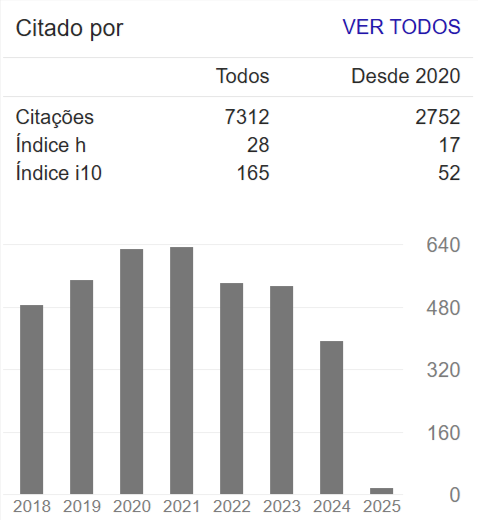Error of approximate domenico solution in actual contamination cases and its implications for the Risk evaluation
Abstract
The approximate Domenico (1987) solution represents the analytical model of solute transport more widespread and accepted by environmental agencies, including quantifying risks to human health. Because it represents an approximation, a certain amount of error is to be expected. However, only from relatively recent works, these errors were investigated in a systematic manner, providing evidence that such errors can be highly significant depending on the parameters used. This study investigated the error of the Domenico (1987) solution in six actual cases of contamination by comparing with the exact solution of Wexler (1992). The results indicate that all parameters used in the Domenico (1987) model contribute in a greater or lesser extent to the presence of error. It is remarkable that the dimension of the source represents the factor that contribute most significantly to the error, followed by the longitudinal dispersion. The errors vary widely and in certain circumstances, as in regimes where hydrodynamic dispersion and advection have similar importance, can promote the underestimation of risk to human health, and consequently leading to bad decisions.

















